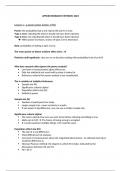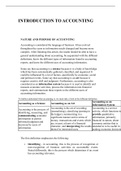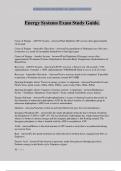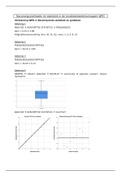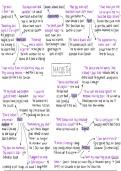College aantekeningen
BEKNOPTE samenvatting ARM D&H
- Vak
- Instelling
Een beknopte samenvatting. Bevat geen uitgebreide uitleg over de stof, maar dient meer als een rode draad. Handig voor het maken van flashcards. Overzichtelijk en bevat voornamelijk steekwoorden. Deze samenvatting bevat GEEN statistische formules.
[Meer zien]
